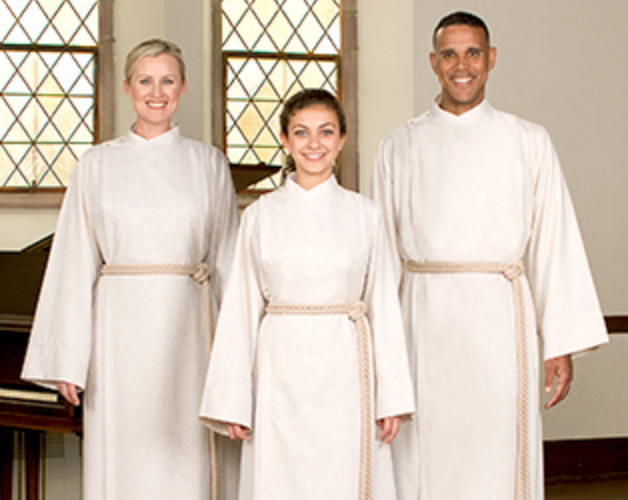Let’s pause for a moment and reconsider a very loaded and tricky word that shows up all the time religion-news coverage (as well as political coverage, of course).
That word is “reform.”
For really, really, loyal GetReligion readers, I will admit that I am, in part, flashing back to this 2008 GetReligion post: “Who gets to "reform" what?” Once again, let’s look at some of the language that shows up in online dictionaries when you search for that term. To “reform” an institution or a law means to:
* make changes for improvement in order to remove abuse and injustices; "reform a political system" * bring, lead, or force to abandon a wrong or evil course of life, conduct, and adopt a right one; "The Church reformed me"; "reform your conduct" ... * a change for the better as a result of correcting abuses; "justice was for sale before the reform of the law courts" ... * improve by alteration or correction of errors or defects and put into a better condition; "reform the health system in this country" * a campaign aimed to correct abuses or malpractices. ...
The key words in that digital cloud are these: “improve by alteration or correction of errors or defects …”
Also, let me remind readers that I am not a Roman Catholic. Some people seem to be confused about that. My views on this topic are based on decades of reporting (and a graduate-school readings class focusing on the church before and after Vatican II) about the very complex world of Catholic life and thought.
With that in mind, let’s look at the top of a recent Religion News Service story that ran with this headline: “Can Pope Francis make real change for women? Vatican women leaders assess his chances.”
VATICAN CITY (RNS) — A panel of women who have attained leadership positions in the Catholic Church met … to discuss Pope Francis’ ambitious plan to reform the power structures in the church, raising questions about female ordination, the role of bishops and the need for women theologians.



